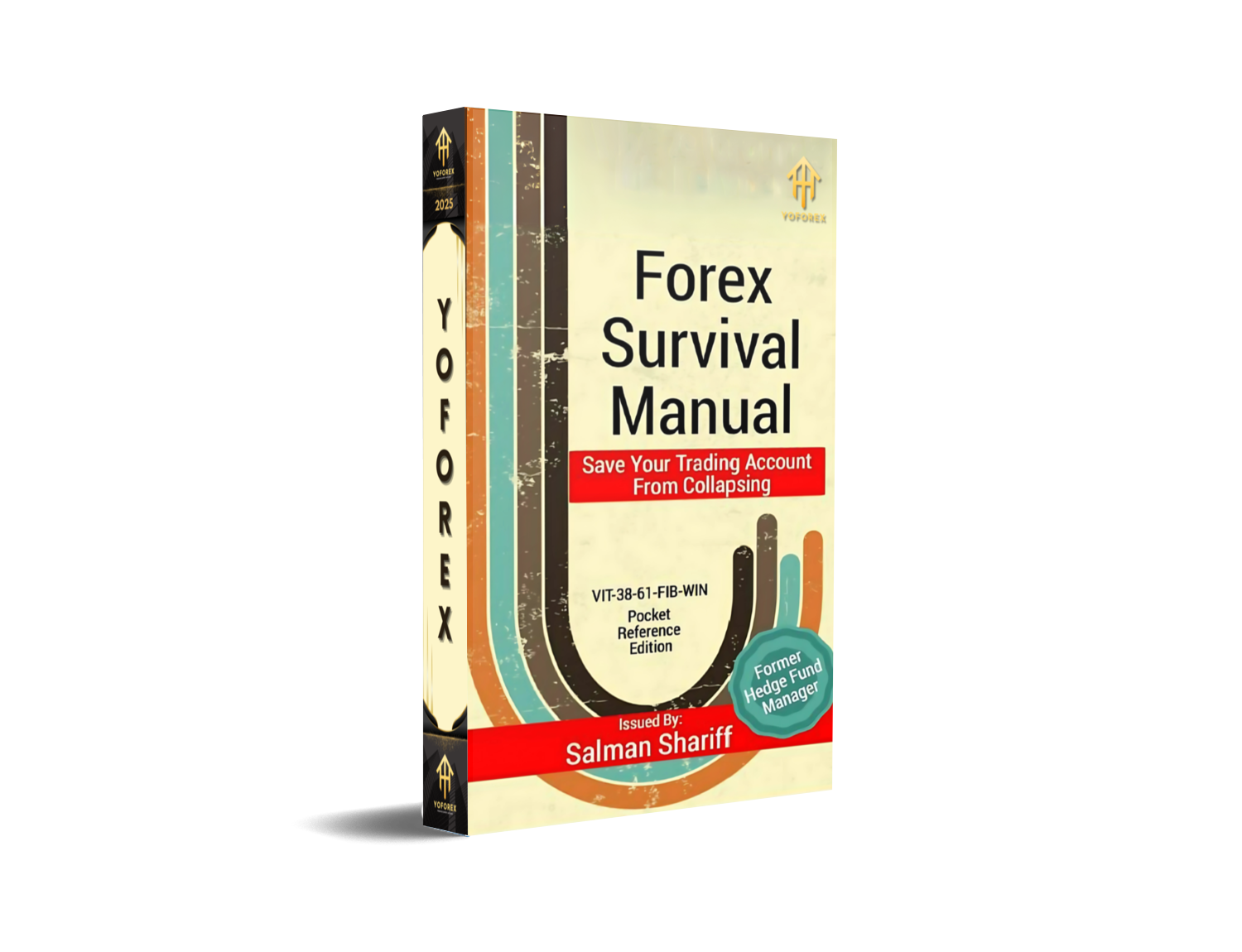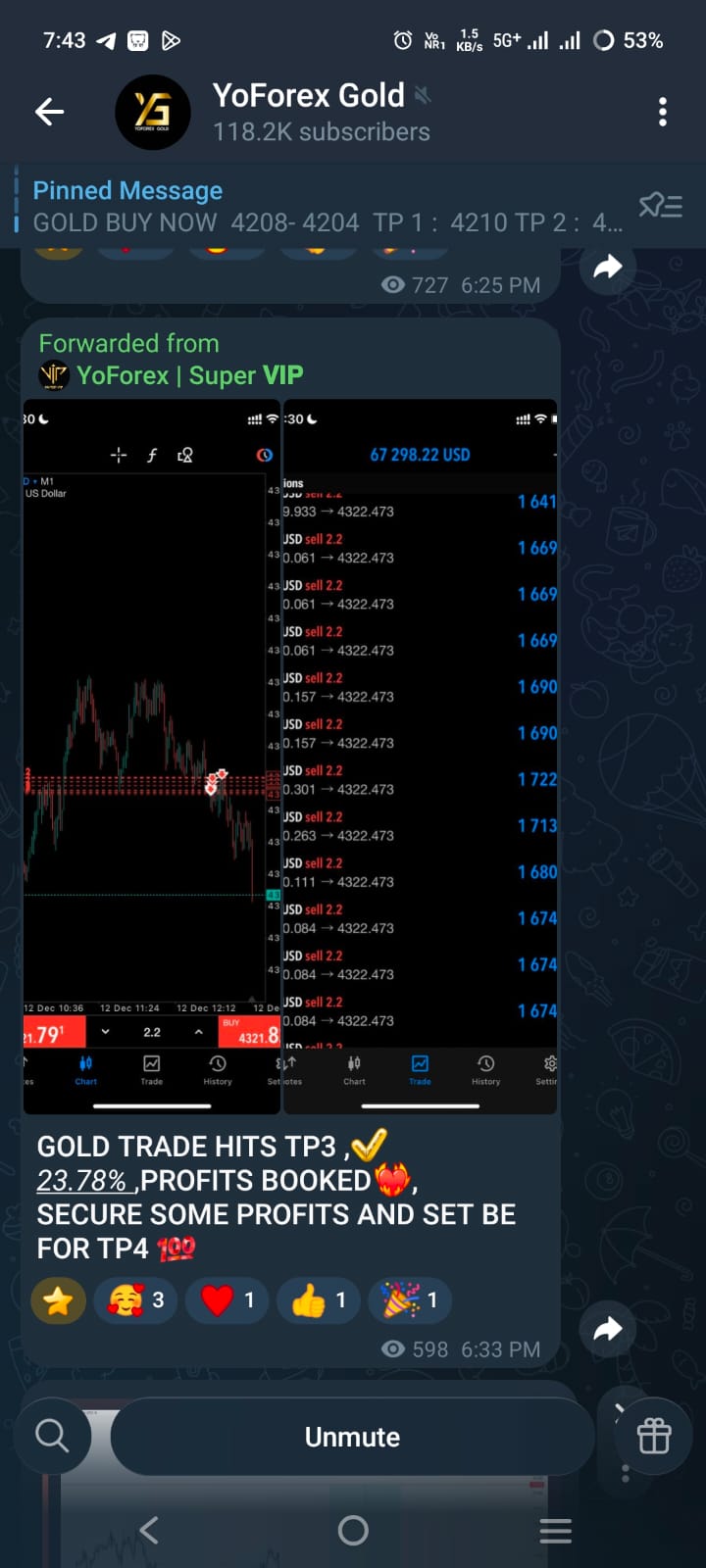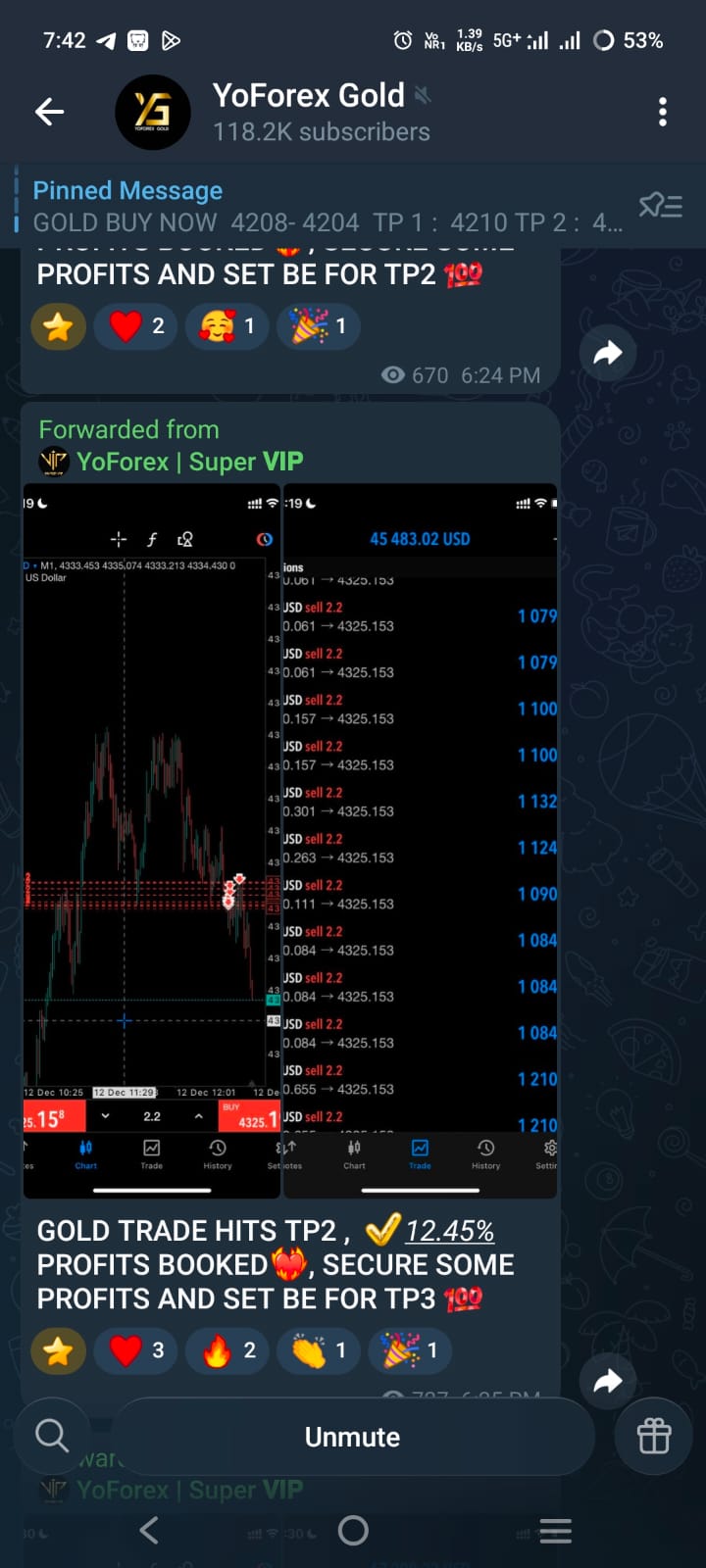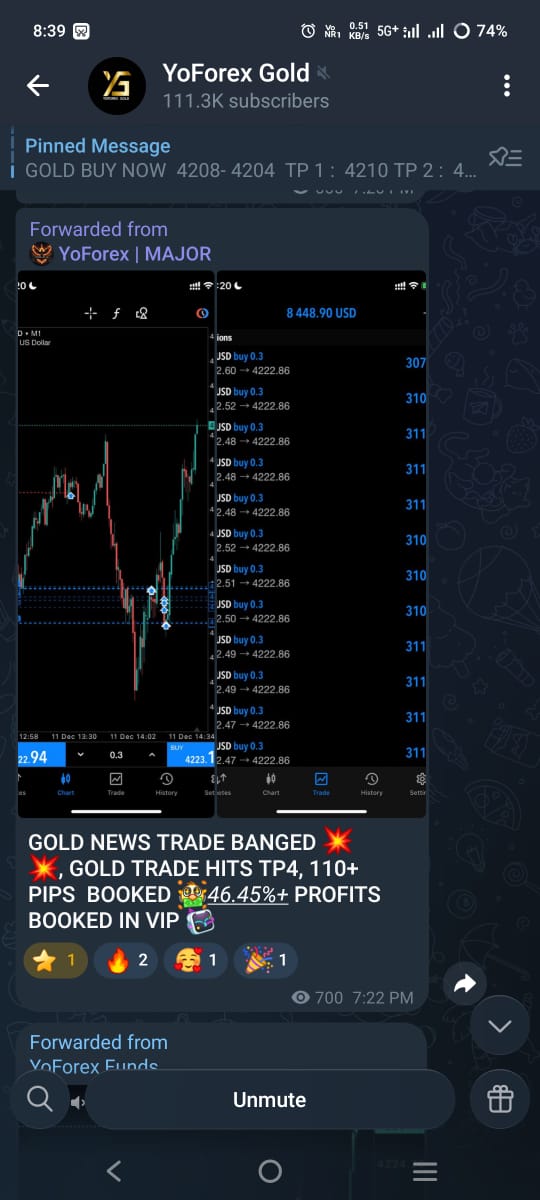Introduction
Are you tired of relying solely on automated systems and EAs that promise the moon but underdeliver? If you’ve ever felt lost staring at candlestick charts and indecisive when it comes to pulling the trigger on a trade, the Forex Survival Manual Trading Course is exactly what you need. In an age where everyone preaches about robots and algorithmic strategies, mastering manual trading gives you an edge most newbies overlook. This course is designed to teach you everything—from reading price action to developing rock-solid risk management—so you can survive (and thrive) in the fast-paced world of Forex trading.
Unlike one-size-fits-all robots, manual trading demands that you understand market psychology, price patterns, and how to adapt on the fly—skills that no Expert Advisor can replicate fully. Through step-by-step modules, real-world examples, and practical drills, we’ll guide you to become a self-reliant trader who knows exactly when to enter and exit. The best part? You won’t need to shell out hundreds of dollars for a subscription—this course is accessible, hands-on, and built to last.
Whether you’re a total beginner or someone who’s been trading with shaky results, this Forex Survival Manual Trading Course equips you with essential tools: robust chart-reading techniques, order flow analysis, risk-reward frameworks, and a trading psychology toolkit. By the end of this journey, you’ll no longer second-guess your trades or rely exclusively on signals from strangers in Telegram groups. Instead, you’ll understand why the market moves the way it does, and how to capitalize on those movements with confidence.
Overview
Manual trading in Forex is often underestimated. Many new traders assume they need fancy EAs or premium signals to succeed, but the truth is that the most successful traders know how to read charts and manage risk without relying on automation. The Forex Survival Manual Trading Course is structured to help you transition from dragging indicators onto your MT4/MT5 charts to becoming a decisive, strategic trader.
In this course, you’ll start with the fundamentals: understanding currency pairs, reading candlestick patterns, and using support and resistance zones effectively. We’ll cover timeframes—why a 1-hour chart might suit your style over a 15-minute chart—and how to align multiple timeframes for more reliable entries. Next, you’ll discover how to spot high-probability setups, such as pin bars, inside bars, and trendline breakouts, and how to confirm those signals using volume and momentum indicators.
What sets this course apart is the emphasis on survival: every lesson is designed to minimize risk, preserve capital, and build consistency. You’ll learn proper position sizing strategies—so that a single losing trade won’t wipe out your account—and how to set intelligent stop-loss and take-profit levels based on market structure rather than arbitrary points. The modules include live chart examples and replay sessions, where you walk through real historical setups, dissecting each move in detail.
By integrating lessons from top resources—like the Beginner’s Guide to Forex Trading and advanced techniques covered in our Top Forex EAs overview—this course ensures you have a complete ecosystem of knowledge at your fingertips. Whether you’re using MetaTrader 4 or MetaTrader 5, the principles remain the same.
Key Components of the Course
1. Understanding Forex Fundamentals
- What moves Forex markets: economic indicators, central bank decisions, and geopolitical events.
- How to interpret economic calendars and avoid “news spikes” that can trigger slippage.
- The role of liquidity: why major currency pairs (like EUR/USD) are less volatile than exotic pairs.
2. Price Action and Chart Reading
- How to read candlestick formations (dojis, engulfing patterns, hammer, shooting star).
- Support and Resistance basics: drawing horizontal levels, trendlines, and channel boundaries.
- Identifying chart patterns: head and shoulders, double tops/bottoms, flags, and pennants.
3. Timeframe Analysis and Trade Planning
- Why multi-timeframe analysis matters: combining daily, 4-hour, and 1-hour charts.
- Building a trade plan: entry triggers, stop-loss placement, and realistic take-profit targets.
- The concept of confluence: aligning price action signals with Fibonacci retracements, pivot points, and moving averages.
4. Risk Management and Position Sizing
- Calculating risk per trade: the 1–2% rule and avoiding account blowouts.
- The Kelly Criterion vs. fixed fractional method: pros and cons.
- Adjusting lot sizes based on account equity and volatility.
5. Trading Psychology and Discipline
- Recognizing cognitive biases: confirmation bias, recency bias, and loss aversion.
- Crafting a trading journal: how to record trades, emotions, and outcomes for continuous improvement.
- Techniques for staying disciplined: using checklists, pre-market routines, and meditation.
6. Building a Survival Mindset
- The importance of adaptability: shifting strategies when market conditions change.
- How to handle drawdowns: preserving capital during losing streaks.
- Setting realistic expectations: understanding that even professional traders aren’t right 100% of the time.
7. Hands-On Chart Drills and Live Examples
- Replay sessions: stepping through major market moves of 2020–2024 to see how manual traders capitalized.
- Live chart drills: identifying high-probability entries in demo account sessions.
- Weekly challenges: each week, you’ll submit three trade ideas based on chart analysis for peer and mentor feedback.
- Module Breakdown
Below is a simplified outline of each module within the Forex Survival Manual Trading Course.
Module 1: Market Mechanics and Setup
- Forex market structure: liquidity pools, order flow, and how market makers operate.
- Trading platforms: navigating MetaTrader 4 and MetaTrader 5—basic functions, custom indicators, and chart templates.
- Demo account setup: why you must begin on a demo before risking real capital.
Module 2: Core Price Action Strategies
- Single candlestick patterns: pin bar, inside bar, and rejection wicks.
- Multi-candlestick setups: three-bar reversal, morning star, and evening star.
- Trend analysis: identifying higher highs and higher lows (uptrend) vs. lower highs and lower lows (downtrend).
Module 3: Advanced Chart Tools and Confluence Strategies
- Fibonacci retracement and extension levels: finding optimal entry zones.
- Pivot points: daily pivot, R1/R2, S1/S2 levels, and their significance in intraday trading.
- Volume analysis: interpreting tick volume in MT4/MT5 to confirm price moves.
Module 4: Risk Management Deep Dive
- Calculating pip value and converting to monetary risk.
- Designing trailing stop strategies to lock in profits while letting winners run.
- How to adjust risk when trading volatile pairs vs. major pairs.
Module 5: Trading Psychology and Routine
- Creating a daily checklist: pre-market analysis, risk assessment, and after-market review.
- Journaling best practices: capturing trade rationale, outcome, and emotional state.
- Mindset hacks: visualization exercises and breathing techniques to maintain composure.
Module 6: Putting It All Together—Live Examples
- Real-time chart walkthroughs: dissecting trades taken during major economic events.
- Trade logging and post-analysis: how to learn from mistakes and replicate successes.
- Weekly peer review: submit your charts and get feedback from experienced traders.
Why Choose This Course?
Most Forex courses focus on either automated systems or generic trading advice. The Forex Survival Manual Trading Course goes beyond surface-level tactics and digs into the “why” behind every move. You’ll acquire a systematic framework for identifying setups, managing risk, and navigating emotional hurdles. And since we emphasize manual trading, you learn skills that are transferable across any market—be it Forex, stocks, or crypto.
Unlike flashy marketing that promises “100% win rates,” this course is honest: you will lose trades, but you’ll know exactly how to manage those losses so they don’t derail your progress. With lifetime access to course materials, you can revisit lessons whenever markets shift or when you need a refresher. Plus, you’ll join a private community of fellow manual traders who share insights, trade ideas, and accountability.
Backtest and Performance Insights (Why Backtesting Matters)
Backtesting isn’t just about running numbers—it’s about building confidence in your strategy. In this course, you’ll learn how to backtest manually by scrolling through historical chart data.
- Why Backtesting Works: By reviewing past price action, you’ll see how specific setups played out over time. This gives you a sense of expectancy—knowing that, for example, a pin-bar reversal at a key support level had a 65% success rate over a 500-trade sample.
- Building a Backtest Portfolio: Choose 3–5 currency pairs (e.g., EUR/USD, GBP/USD, USD/JPY) and test your preferred setups on daily and 4-hour charts for the last three years. Calculate your win rate, average risk-reward, and drawdown on a spreadsheet.
- Live Demo vs. Historical Data: After you develop your trading plan, implement it in a demo account to validate your backtest. Observe slippage, spread variations, and real-time emotional responses.
Practical Setup and Tools
Getting started is as simple as opening MetaTrader, but mastering your workspace can shave off seconds and reduce mistakes. Here’s how to configure your trading environment for optimal efficiency:
- Download and Install MetaTrader: Visit the official MetaTrader 5 download page (or MT4 if you prefer). Follow installation prompts, then open a demo account.
- Load Chart Templates: Import chart templates that highlight support/resistance zones, moving averages (optional), and volume bars. Save templates for quick switching between Forex pairs.
- Set Up a Trading Journal: Use a simple Google Sheet or the integrated Journal feature in MT5. Input fields for date, pair, entry price, stop loss, take profit, risk-reward ratio, and notes on trade rationale.
- Custom Indicators (Optional): While manual trading emphasizes naked price, some traders add a volume indicator or simple moving average for confluence. Remember: these are merely tools—never let them override price action signals.
- Day-of-Day Routine: Before market open, review high-impact news on an economic calendar. Flag any events that could disrupt your plan (e.g., NFP reports, central bank announcements).
Recommended Settings Screenshot (Example)
Note: See the “Annotated MT5 Settings Panel” image in the course materials for step-by-step guidance.
- Chart Type: Candlestick
- Timeframes: Daily, 4-hour, 1-hour
- Market Watch: Only select 5–7 major pairs to avoid analysis paralysis.
- Zoom Level: 75% for daily/4-hour charts; 100% for 1-hour charts.
Course Bonuses and Community Access
When you enroll in the Forex Survival Manual Trading Course, you’ll get:
- Lifetime Access: Revisit lessons anytime as markets evolve.
- Weekly Q&A Webinars: Ask questions live and get direct answers from course instructors.
- Trading Challenges: Participate in monthly chart analysis contests to win mentorship sessions.
- Private Discord Community: Connect with other traders who are also mastering manual techniques.
Additionally, you’ll receive downloadable cheat sheets for common setups (e.g., “Top 5 Price Action Patterns to Watch”) and a risk management calculator spreadsheet.
Support and Troubleshooting
If you hit a snag—whether it’s a chart template not loading or confusion around a candlestick pattern—our support channels are open. Simply reach out via:
- WhatsApp: Click to message our support team
- Telegram: Join our community group
Expect a response within 24 hours, even on weekends. Our instructors regularly update FAQs based on common student questions, so check the “Course FAQ” section before messaging.
Disclaimer and Responsible Trading
Trading Forex manually involves risk. Past performance of any strategy, indicator, or analysis does not guarantee future results. This course is for educational purposes only. We strongly recommend practicing on a demo account before trading with live capital. Never risk more than you can afford to lose, and always use appropriate stop-loss orders. Your trading success depends on your discipline, risk management, and emotional control.







Comments (0)
No comments yet. Be the first to comment!
Leave a Comment